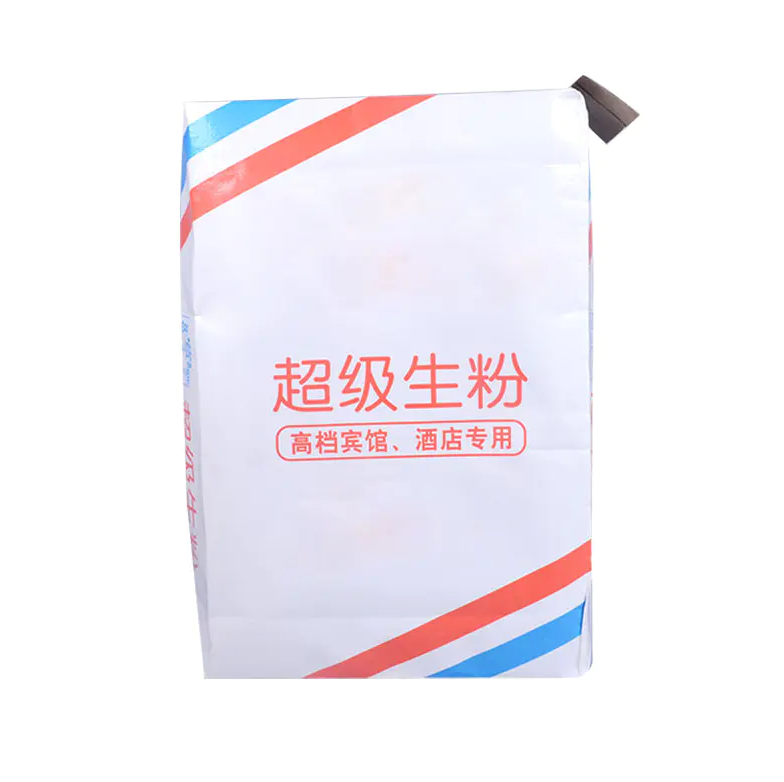In fertilizer packaging, Compostable Fertilizer Bags and Kraft Composite Bags represent two practical paths toward responsible production and distribution. Each material brings different properties that respond to modern agricultural needs, emphasizing both durability and environmental care. Choosing between them depends on product type, regional regulation, and company sustainability targets.

Compostable Fertilizer Bags are typically made from renewable materials like cornstarch or PLA, engineered to naturally break down after use. Their lifecycle supports the global shift toward reducing non-biodegradable waste in agriculture. When used correctly, they can maintain the required tensile strength to hold granular or powdered fertilizers safely.
Kraft Composite Bags combine multi-layer paper with internal coatings or films to strengthen barrier resistance. This design extends shelf life by shielding fertilizer from humidity and external elements. The tactile quality of Kraft paper also allows for clear branding, an advantage for businesses promoting eco-conscious values through visual presentation.
While compostable materials are still undergoing standardization for industrial composting, Kraft composites remain widely used because of their cost balance and proven reliability. However, innovations in biodegradable coatings are steadily narrowing that gap, making both options increasingly complementary rather than competitive.
Such advancements mark a gradual transition in packaging strategies. Companies now focus not only on what protects their products but also on what aligns with their sustainability image and customer expectations.
 Free IL
Free IL


